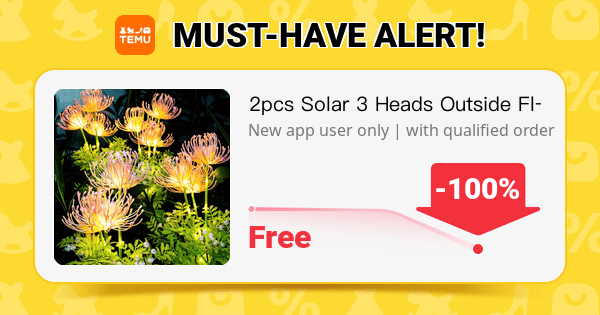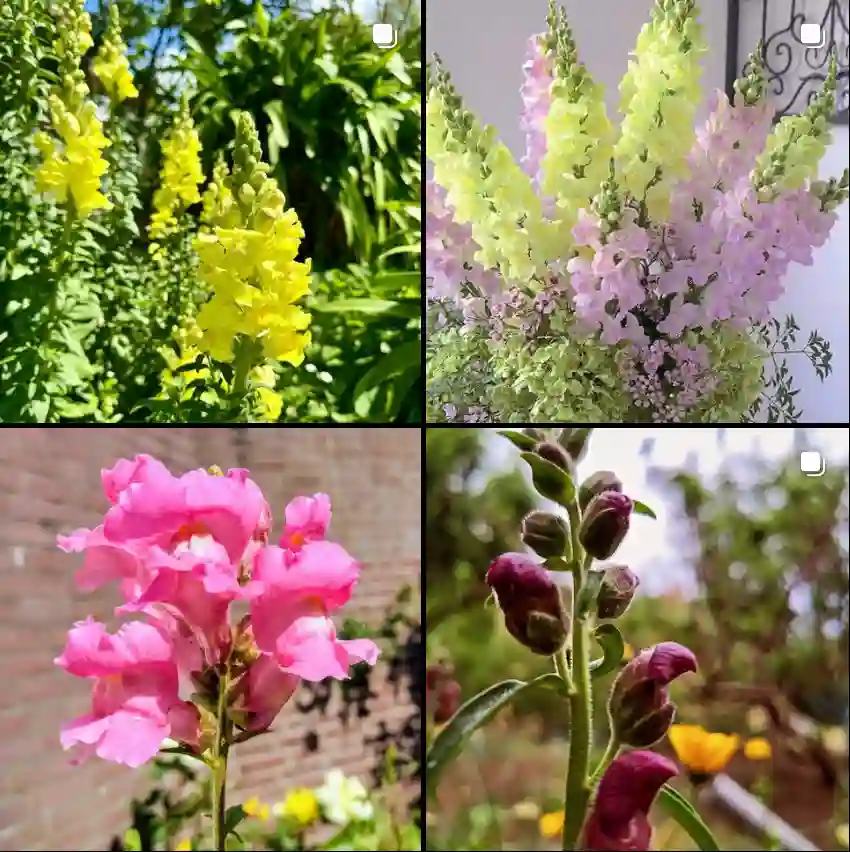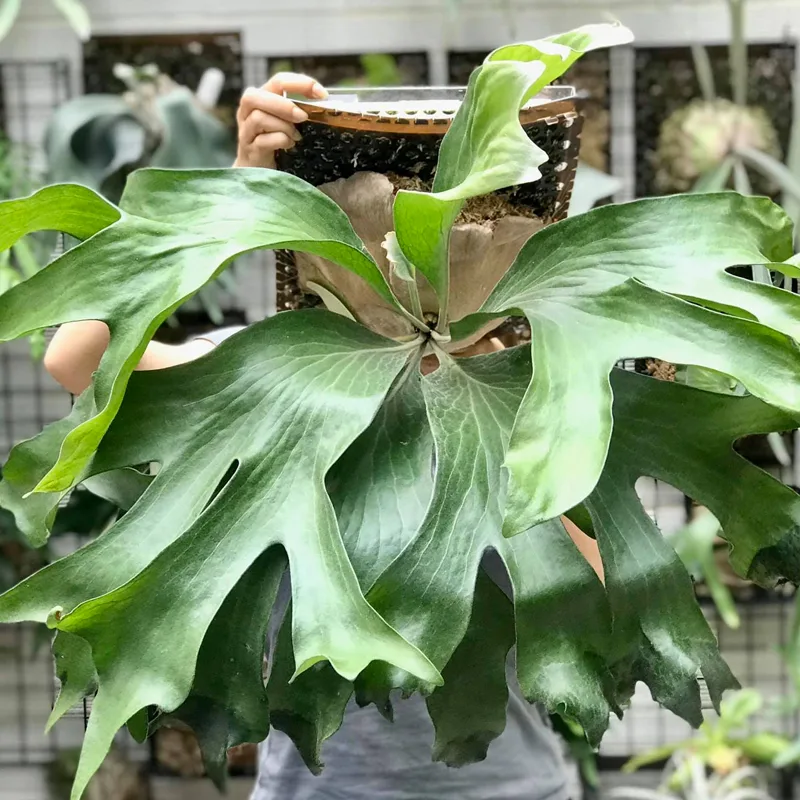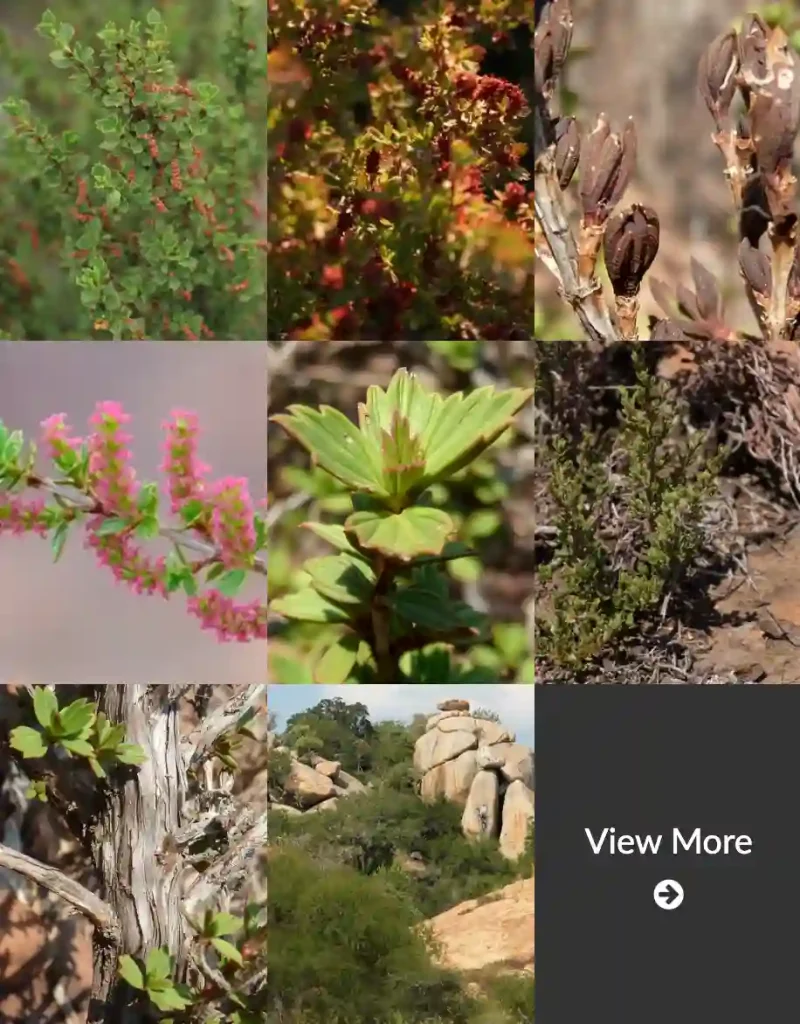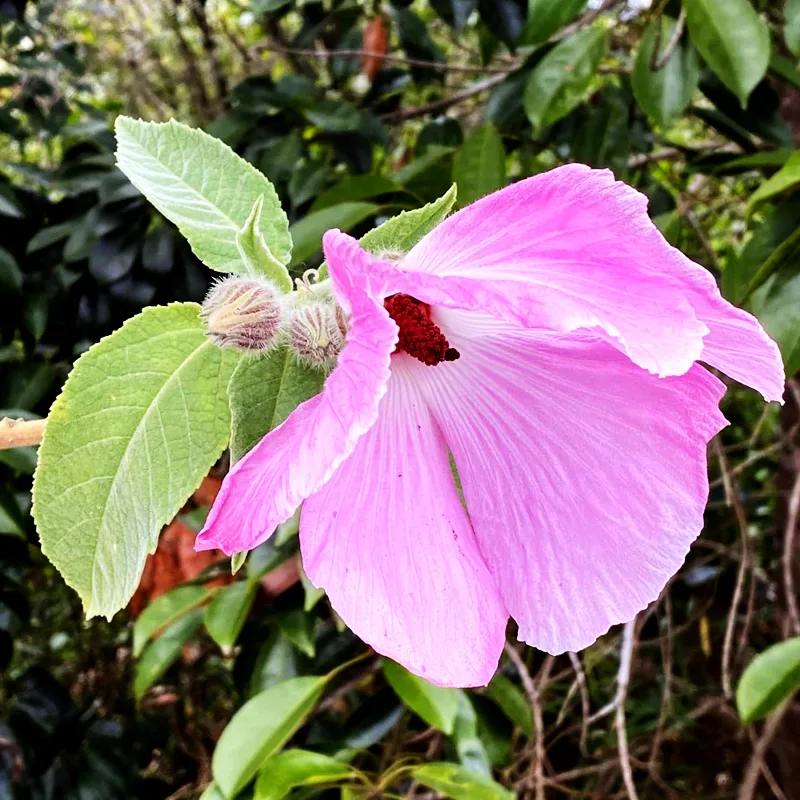Platycerium Coronarium: Unveiling the Secrets of the Staghorn Fern
Greetings, plant enthusiasts! I’m Ferb Vu, and today, we delve into the fascinating world of the Platycerium Coronarium, also known as the Staghorn Fern. This epiphytic wonder, with its striking fronds and unique growth habit, has captivated gardeners for years.
Whether you’re a seasoned plant parent or a curious newcomer, this FAQ will equip you with the knowledge to cultivate a thriving Staghorn Fern.
What is Platycerium Coronarium?
The Platycerium Coronarium is an epiphytic fern native to maritime Southeast Asia and Indochina. Unlike terrestrial ferns, it doesn’t root in soil but thrives on trees or other structures. Its name, “coronarium,” translates to “crown,” referencing the mature plant’s majestic crown-like form.
What Makes the Staghorn Fern Special?
The Staghorn Fern boasts two distinct frond types:
- Sterile nest fronds: These brown, shield-shaped fronds form a basal cup, collecting moisture and debris that nourish the plant.
- Fertile foliage fronds: These long, green, and forked fronds are responsible for spore production and add a dramatic, antler-like flair.
This unique combination of textures and shapes makes the Staghorn Fern a captivating addition to any indoor space.
Staghorn Fern vs. Bird’s Nest Fern: What’s the Difference?
Both Staghorn Ferns and Bird’s Nest Ferns (Asplenium nidus) are epiphytic and share a superficial resemblance. However, key differences exist:
- Genus: Staghorn Ferns belong to the Platycerium genus, while Bird’s Nest Ferns belong to Asplenium.
- Fronds: Staghorn Ferns have two distinct frond types, while Bird’s Nest Ferns have only one type of large, glossy green fronds.
- Growth habit: Staghorn Ferns form a basal cup with sterile fronds, whereas Bird’s Nest Ferns have a more symmetrical rosette-like form.
Caring for Your Platycerium Coronarium: Essential Tips
Here’s what you need to know to keep your Staghorn Fern happy and thriving:
- Light: Bright, indirect light is ideal. Avoid harsh afternoon sun.
- Water: Water deeply when the nest fronds feel dry to the touch. Allow for good drainage to prevent rot.
- Humidity: Moderate to high humidity is preferred. Misting regularly or using a pebble tray can help.
- Fertilizer: Apply a diluted liquid fertilizer monthly during the growing season.
- Mounting: Mount your Staghorn Fern on a wooden board, cork bark, or other suitable substrate. Secure it with fishing line or wire until established.
Common Problems and Solutions
- Brown fronds: This can be caused by underwatering, overwatering, or excessive sunlight.
- Yellowing fronds: Older fronds naturally yellow and die. Remove them to promote new growth.
- Pests: Mealybugs and scale can be occasional issues. Treat them with insecticidal soap or neem oil.
Can I Grow a Staghorn Fern Outdoors?
The good news is that Platycerium Coronarium thrives in the warm, humid climate. However, consider these factors:
- Sunlight: While it enjoys bright light, avoid placing it in direct afternoon sun, especially in hotter regions.
- Temperature: Ideal temperatures range from 18°C to 29°C (64°F to 84°F). Protect your Staghorn Fern from frost if you live in cooler areas.
- Humidity: Outdoor humidity might be sufficient in many locations. However, if the air gets dry, misting or using a pebble tray can be beneficial.
Conclusion: Embrace the Majesty of the Staghorn Fern
The Platycerium Coronarium, with its unique beauty and air-purifying properties, is a rewarding addition to any plant collection. With proper care and attention, you can cultivate a thriving Staghorn Fern that will grace your home for years to come.
So, embark on this exciting journey and witness the majestic crown of the Staghorn Fern unfurl in your care!
